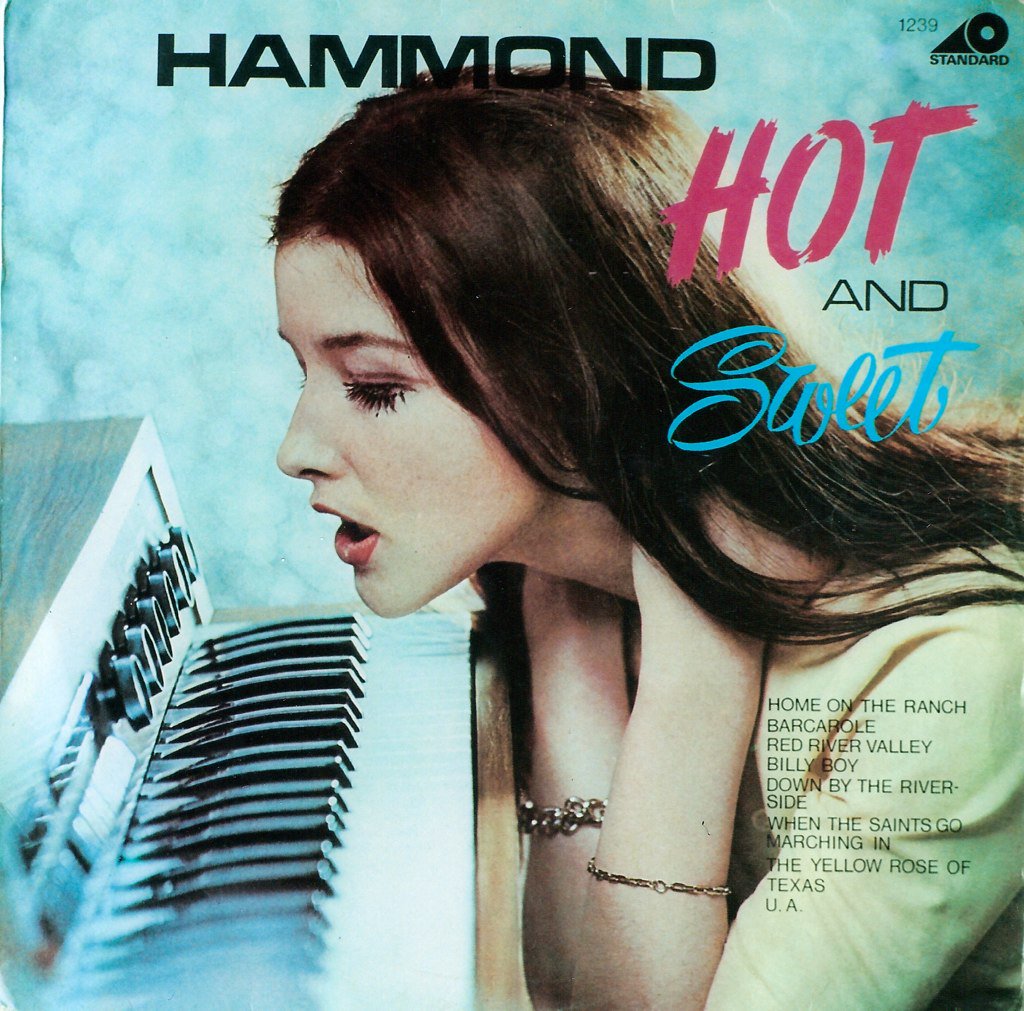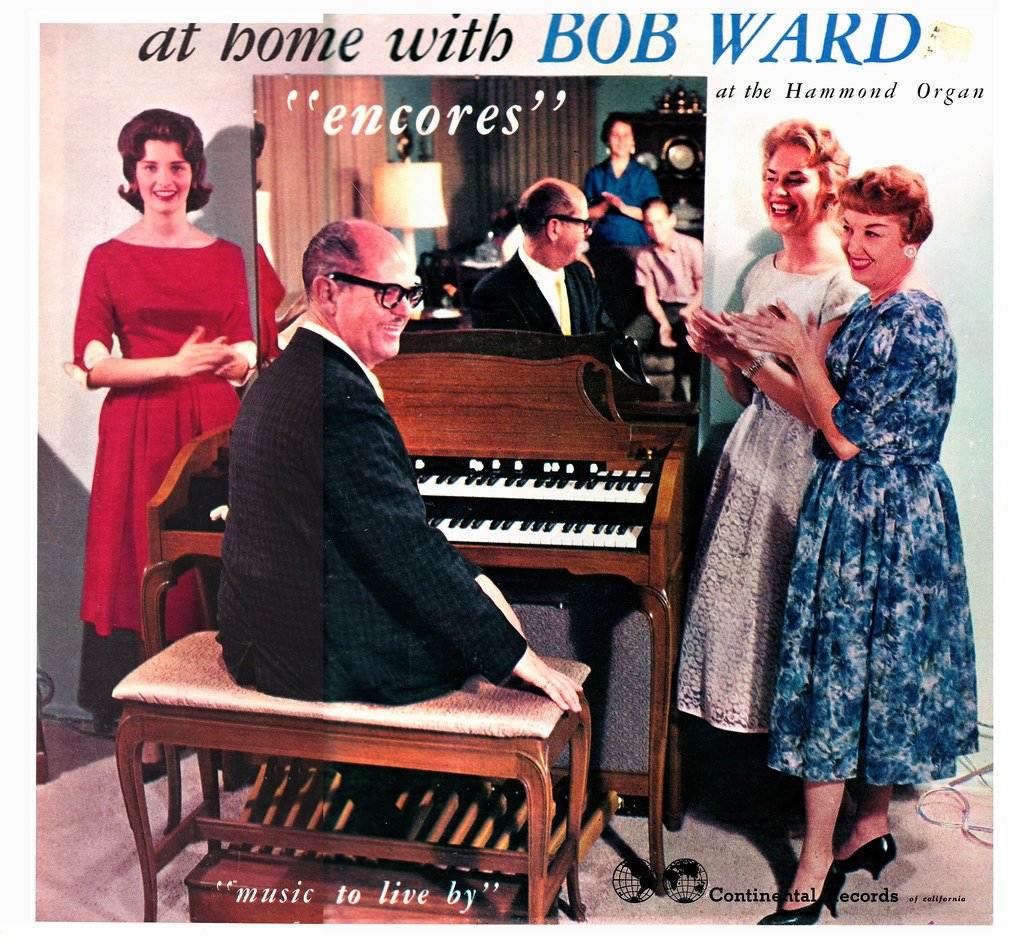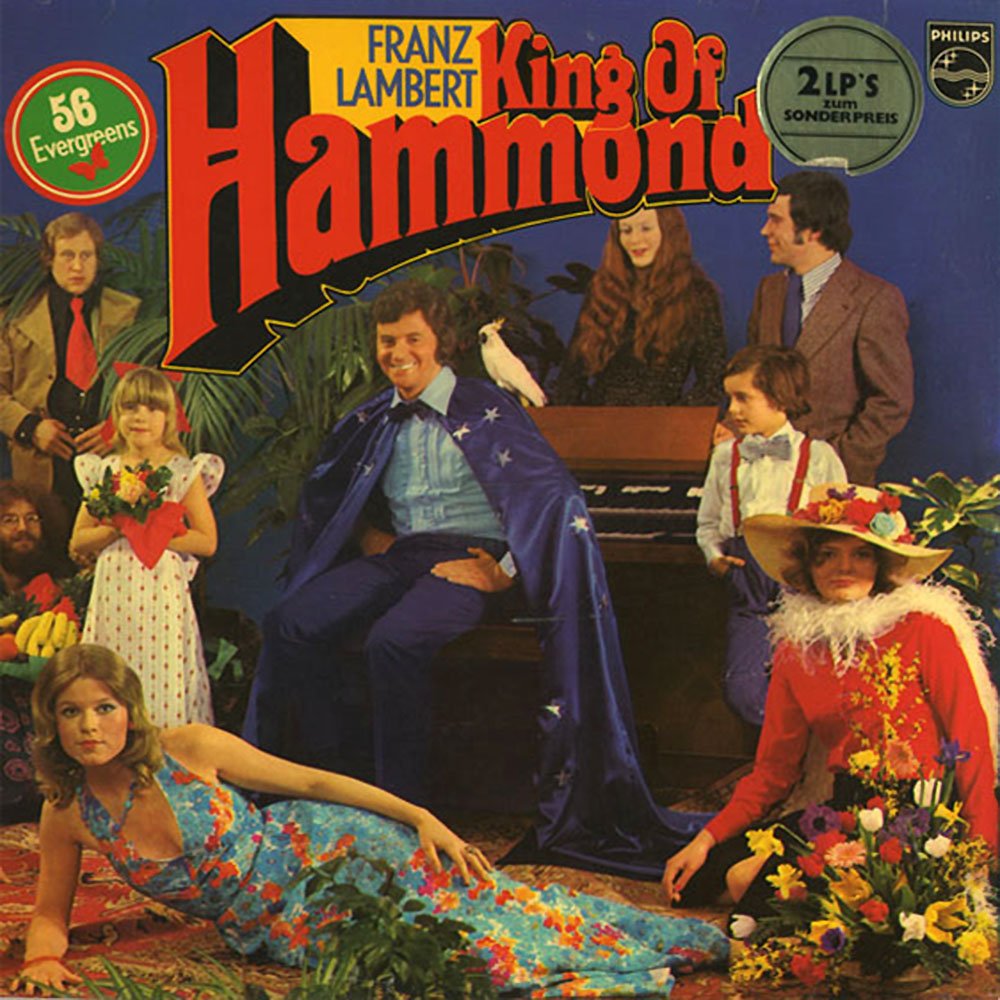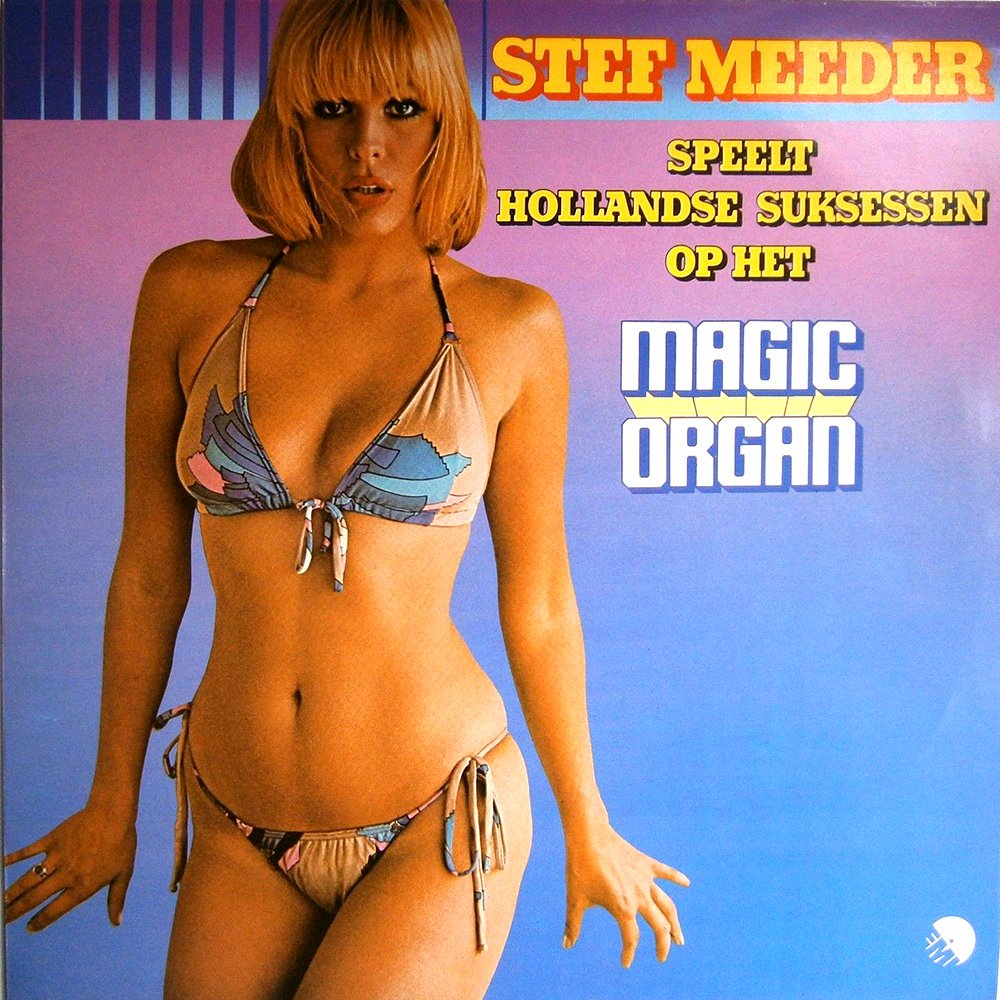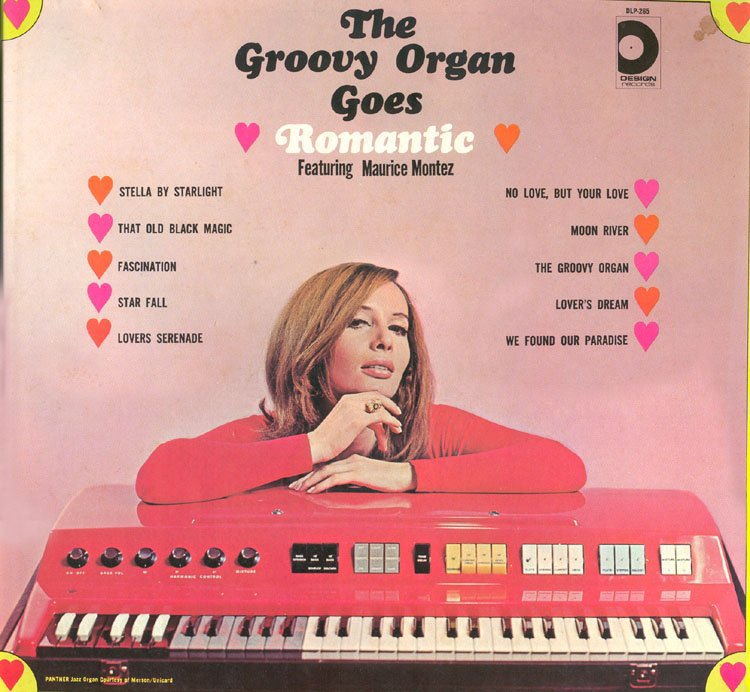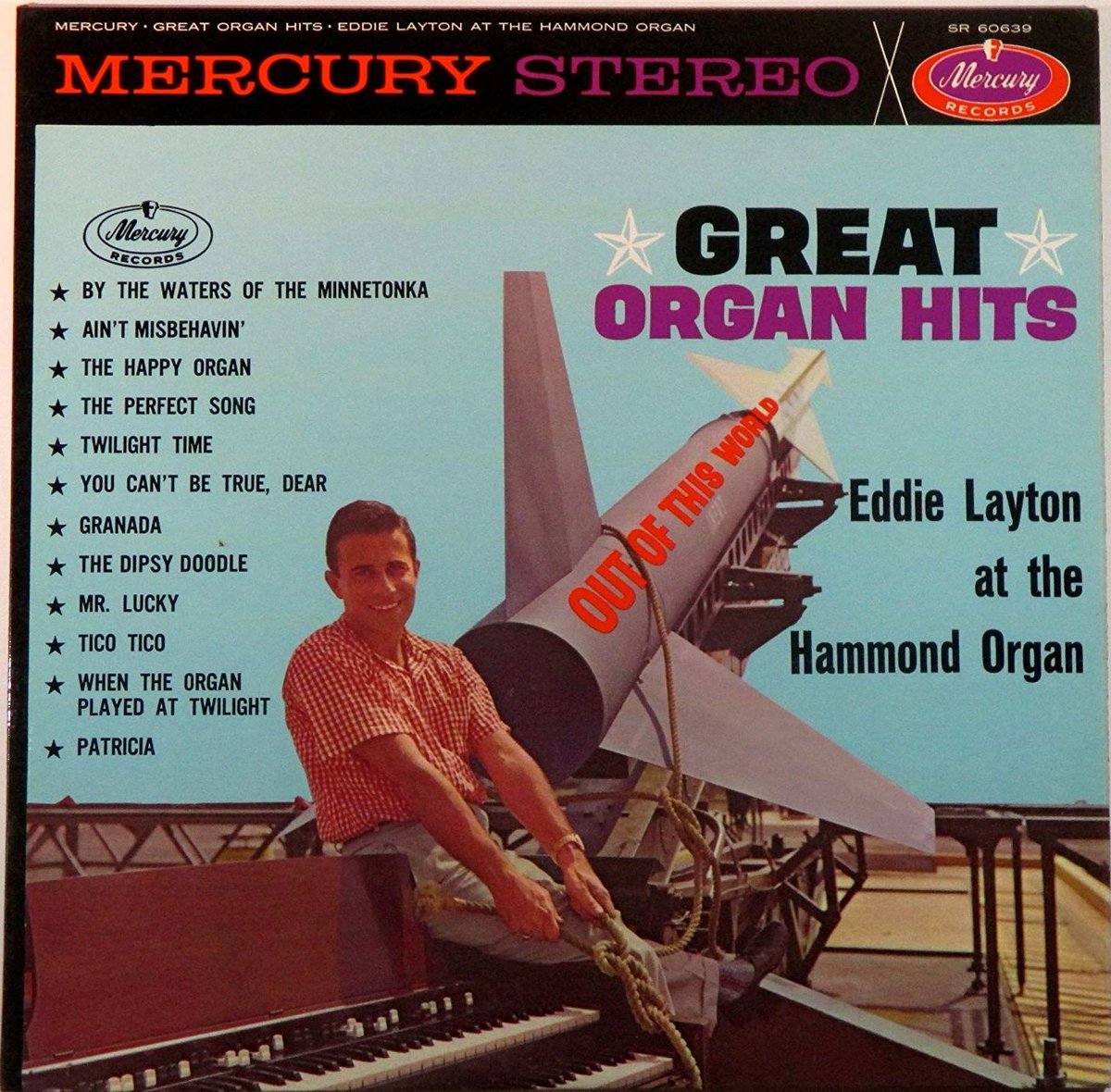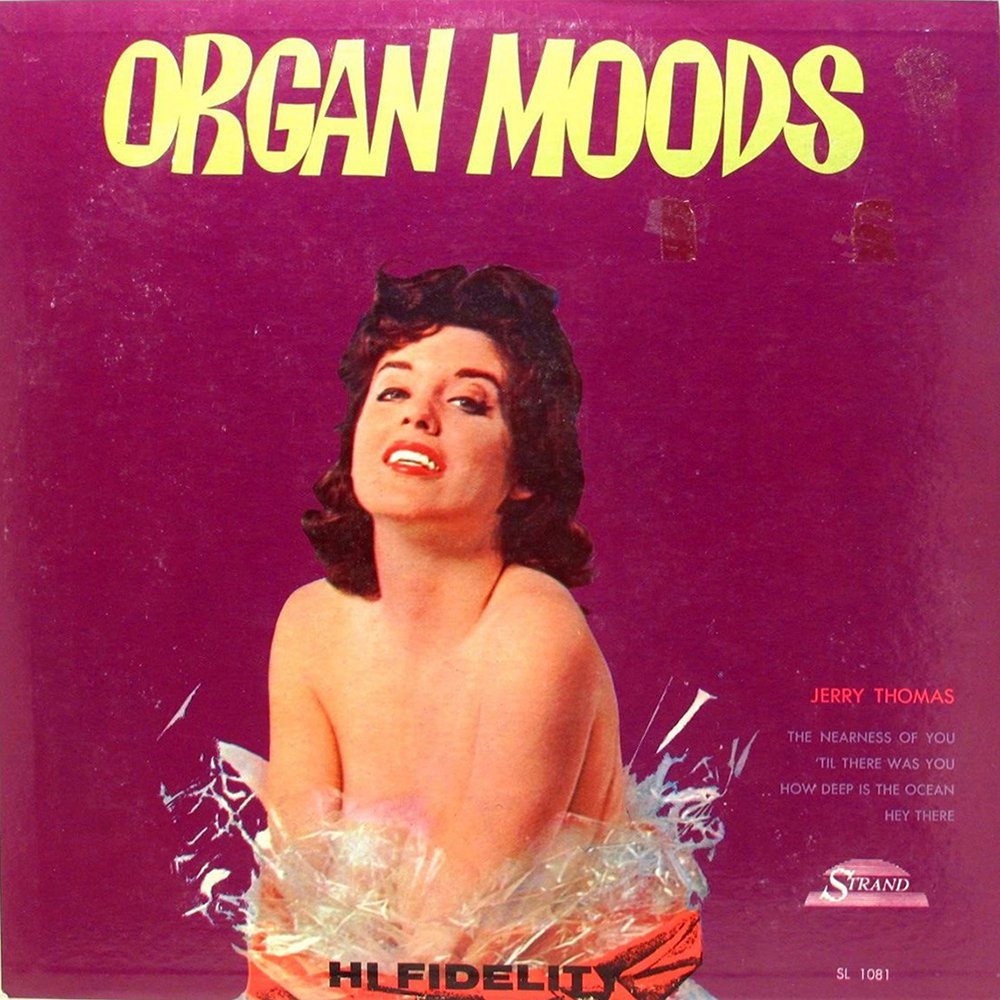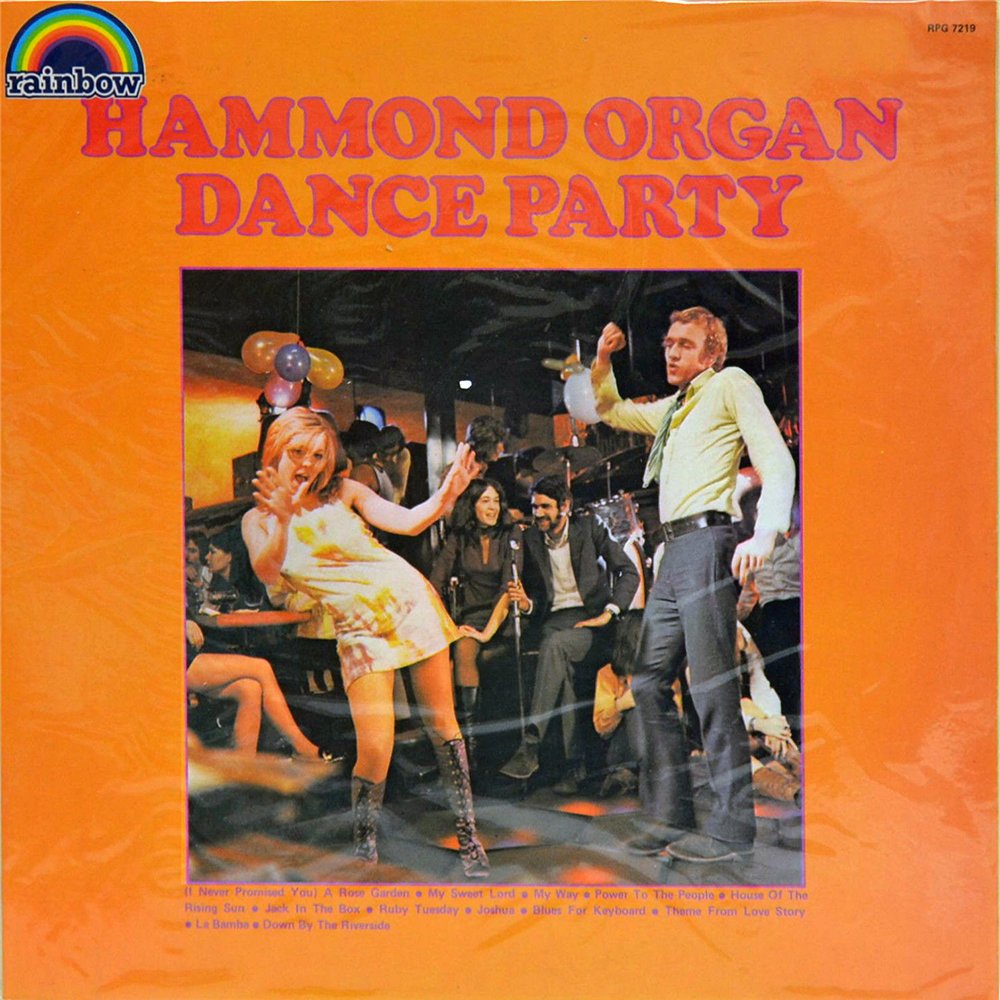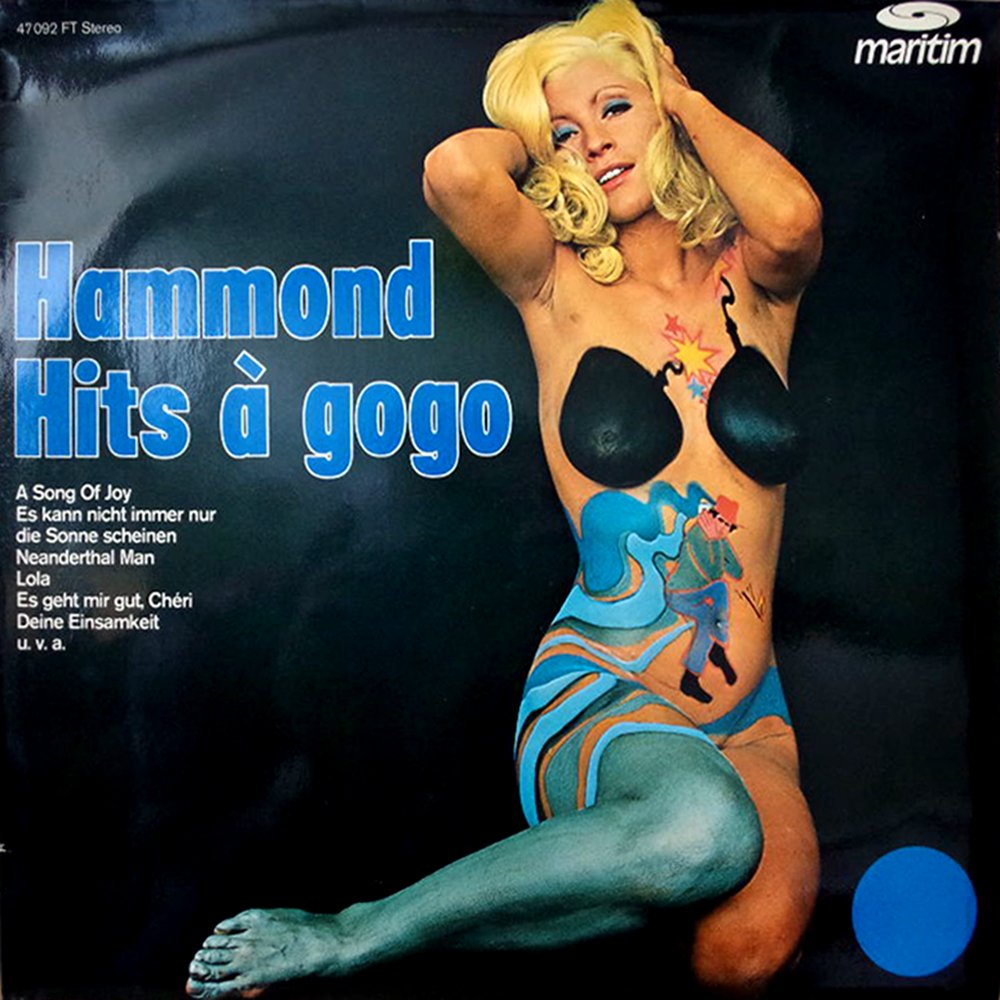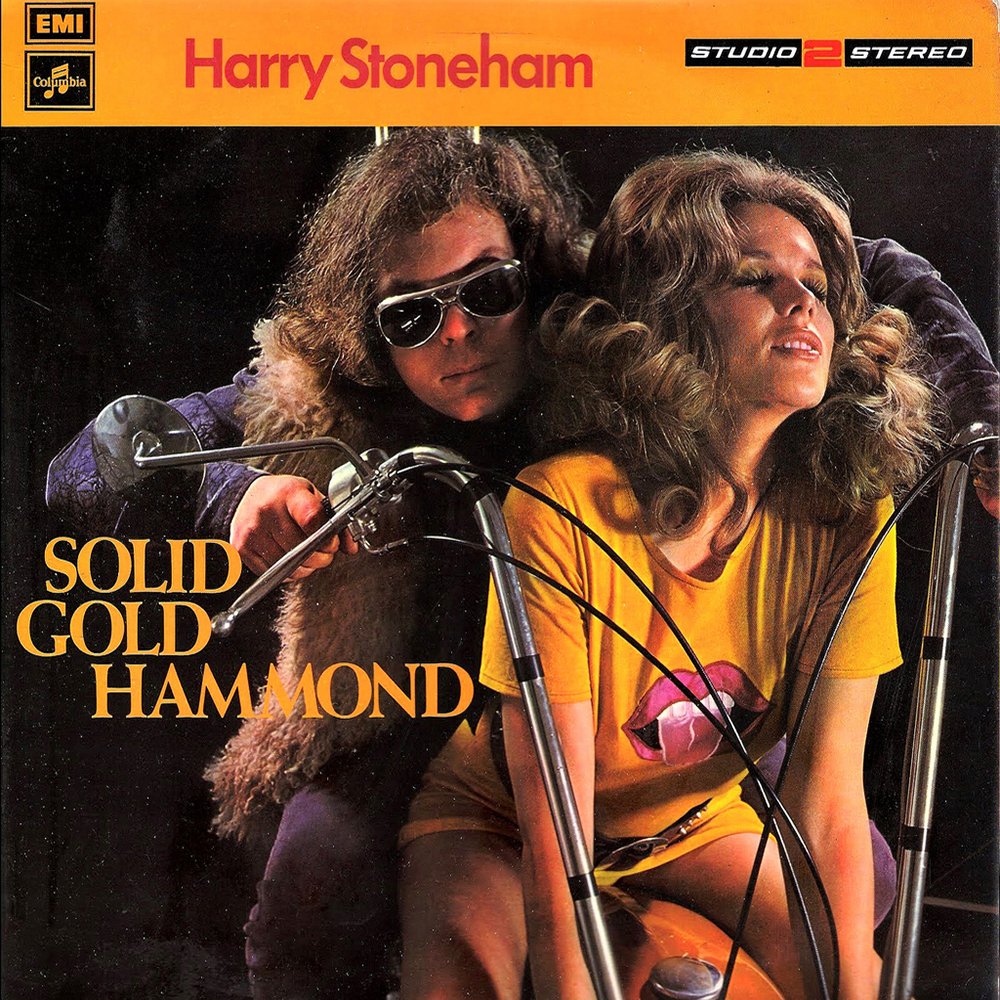For some unknown reason people keep trying to insist the Hammond organ is a sexy beast. Is it really?
Let& #39;s find out... #FridayFeeling
Let& #39;s find out... #FridayFeeling
First made in 1935 the Hammond organ was a curio. It could mimic the sound of a pipe organ through some ingenious technical wizardry.
Its creator Laurens Hammond was a mechanical engineer who had started his own clock company. But he became fascinated by the noises of the moving gears in his electric clocks...
...and after much experimentation Hammond found that he could generate tones by placing a mechanically rotating wheel next to an electromagnetic pick-up.
Hammond used nine mechanical wheels to each key on a keyboard, and then added a series of drawbar controllers that could fade in or out any of the frequencies. Thus the Hammond organ was born!
The mix of drawbars and tonewheels allowed millions of potential combinations of sound. It was a versatile instrument!
Initially the Hammond organ was sold at discount to churches who could not afford a traditional pipe organ. Two types were manufactured: Spinet organs with two 44-note manuals and one octave of pedals, and Console organs with two 61-note manuals and two octaves of pedals.
The early Hammond organs needed to be linked to an amplifier, but by the 1950s versions were released with an internal power amplifier and speakers.
Hammond organs became a mainstay of the prog rock movement, but it was jazz musicians who first latched on to the instrument& #39;s versatility and potential.
In the 1970s Hammond began replacing the tonewheels with transistors. That probably did for the company as the classic Hammond sound relied on analogue electronics.
In 1985 Hammond went out of business and in 1989 the name was purchased by Suzuki. In 2002, Hammond-Suzuki launched the New B-3, a recreation of the original electromechanical instrument using contemporary electronics and a digital tonewheel simulator.
Over two million Hammond organs were manufactured by the company and it& #39;s fair to say it was one of the most influential instruments of the electronic era. Was it sexy? Perhaps a bit. But it was certainly everywhere in the 1970s!
Mr Hammond - Twitter salutes your organ!
Mr Hammond - Twitter salutes your organ!

 Read on Twitter
Read on Twitter
